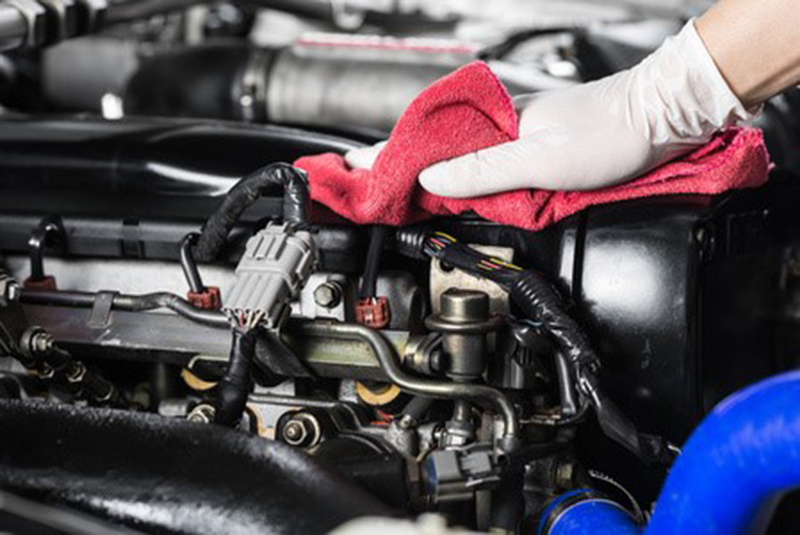Cleaning engine carbon deposits is an essential maintenance procedure that every vehicle owner should be familiar with. Over time, carbon deposits can build up in an engine, leading to a variety of problems such as reduced fuel efficiency, decreased power output, and even engine misfires. However, with the right tools and techniques, cleaning engine carbon deposits can be a relatively straightforward task.
Before diving into the cleaning process, it is crucial to have the necessary tools at hand. Some of the essential tools include a carbon deposit cleaning solution, a nylon brush or toothbrush, a vacuum cleaner, a clean cloth, and a set of screwdrivers. It is important to note that different engine types may require specific tools, so be sure to consult the vehicle’s manual or a trusted mechanic for guidance.
To begin the cleaning process, it is recommended to start with a warm engine. This helps to loosen and soften the carbon deposits, making them easier to remove. However, ensure that the engine is cool enough to avoid any injuries during the cleaning process.
Firstly, locate the throttle body and remove its intake pipe. This will allow access to the throttle plates, which are often coated with carbon deposits. Using a nylon brush or toothbrush, gently scrub the plates to remove the carbon buildup. Be careful not to damage the delicate components while cleaning.
Next, remove any other parts that may hinder access to the intake manifold or valves. The intake manifold is a common area where carbon deposits accumulate, hindering airflow and reducing engine performance. Pour the carbon deposit cleaning solution into the intake manifold and let it sit for the recommended duration specified by the manufacturer.
After the cleaning solution has had time to work its magic, use a nylon brush or toothbrush to scrub away the loosened carbon deposits. Additionally, a vacuum cleaner can be used to suck out any debris or residue. Take caution not to get any cleaning solution or loose deposits into the engine cylinders.
Once the intake manifold and valves are clean, reassemble the removed parts, ensuring that they are properly tightened and seated. Double-check all connections and seals before starting the engine.
Before declaring the job complete, it is advisable to take the vehicle for a test drive. This allows the engine to warm up and ensures that it is running smoothly without any hiccups. Pay attention to any changes in performance or fuel efficiency.
In conclusion, cleaning engine carbon deposits is an important part of regular vehicle maintenance. By using the right tools and following the correct procedure, one can effectively remove the harmful carbon buildup and extend the engine’s lifespan. Regular cleaning can help improve fuel efficiency, power output, and overall engine performance. However, if you are uncertain about performing the task yourself, it is always best to consult a professional mechanic to ensure the job is done correctly and safely.
Post time: Aug-22-2023







